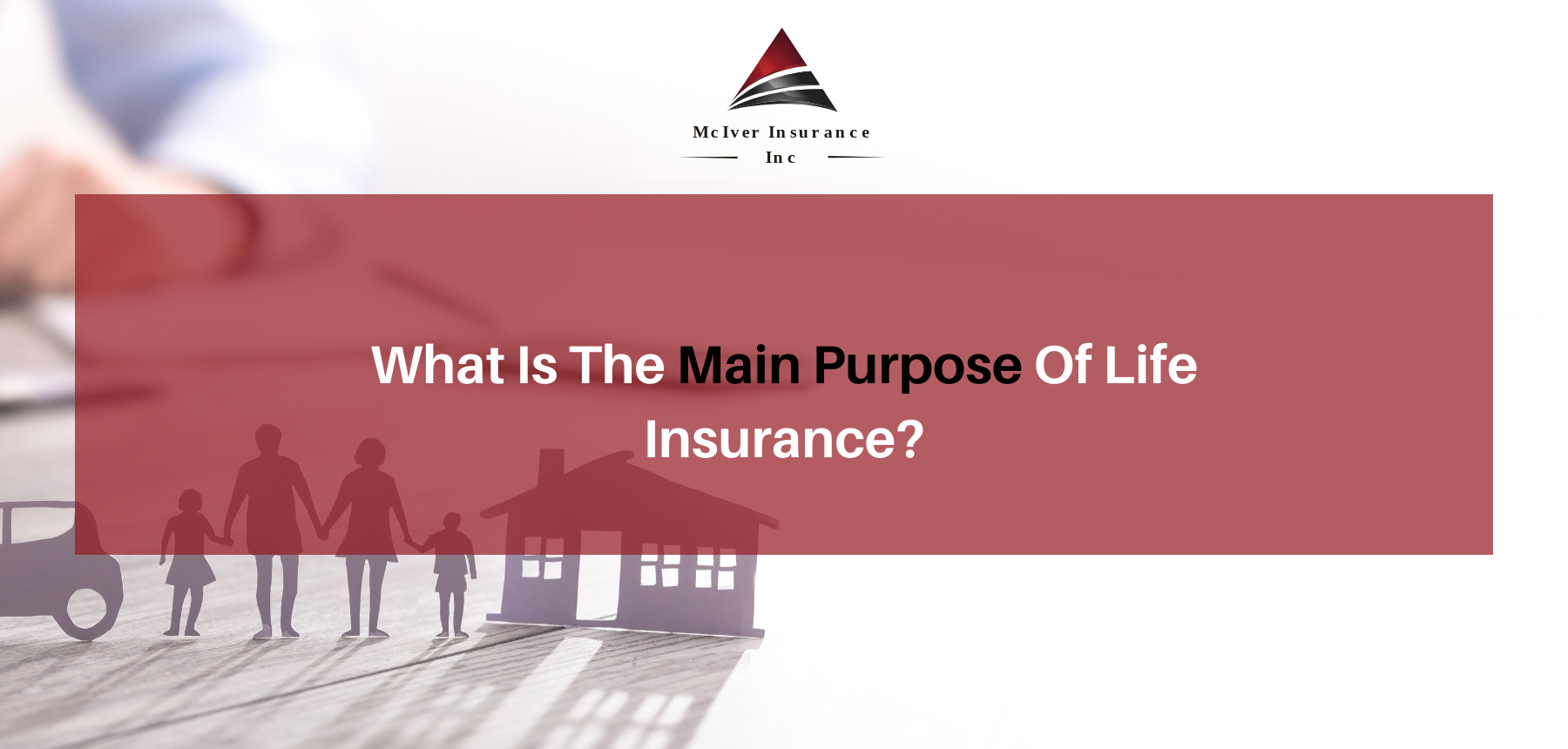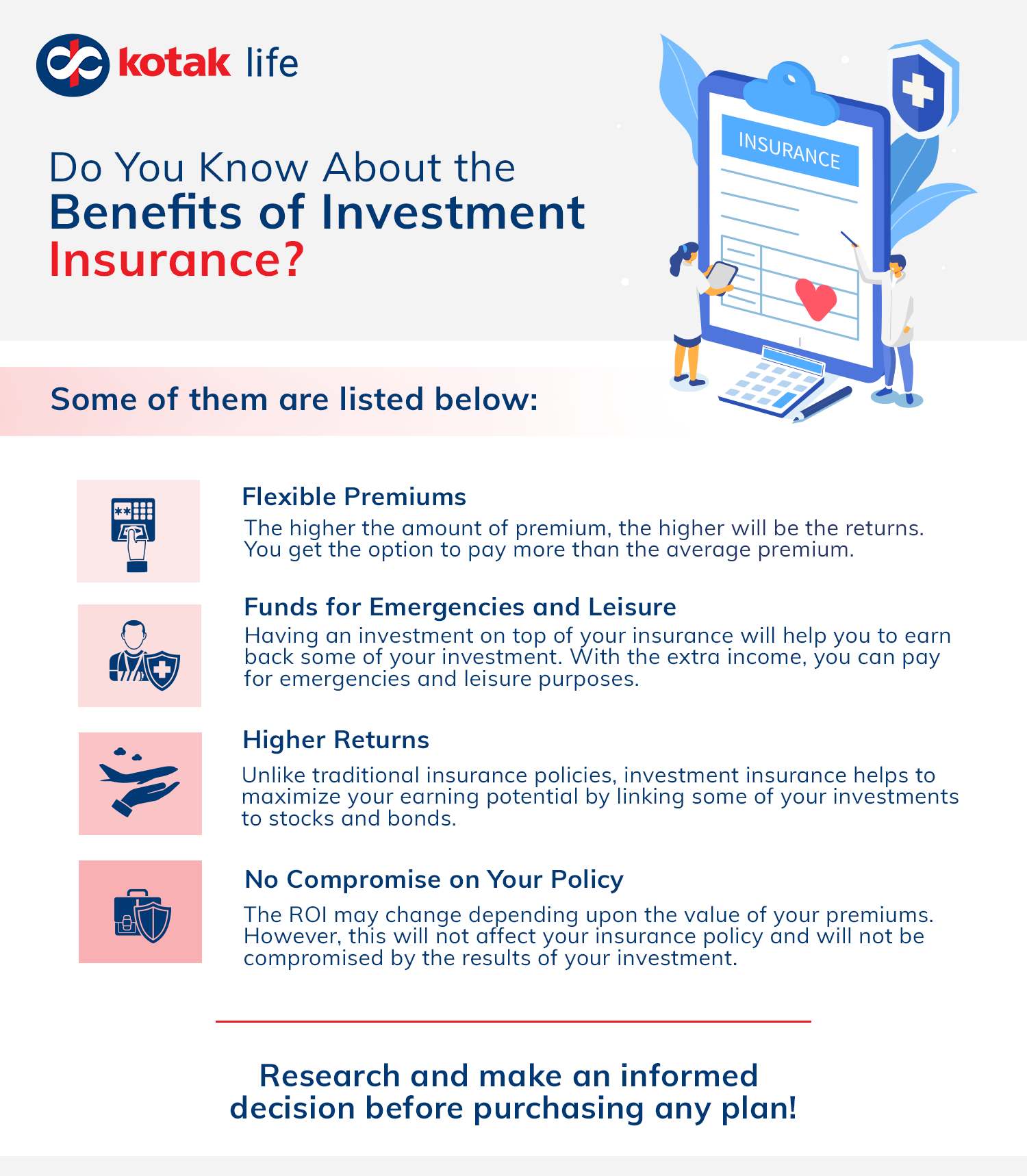An Unbiased View of Pacific Prime
An Unbiased View of Pacific Prime
Blog Article
Our Pacific Prime Diaries
Table of ContentsLittle Known Questions About Pacific Prime.Getting The Pacific Prime To WorkThe smart Trick of Pacific Prime That Nobody is Talking AboutSome Known Incorrect Statements About Pacific Prime The Greatest Guide To Pacific Prime

This is since the data were collected for a duration of strong financial efficiency. Of the estimated 42 million people that were without insurance, almost about 420,000 (about 1 percent) were under 65 years old, the age at which most Americans come to be eligible for Medicare; 32 million were adults in between ages 18 and 65, around 19 percent of all adults in this age; and 10 million were kids under 18 years of age, regarding 13.9 percent of all youngsters (Mills, 2000).
These estimates of the variety of individuals uninsured are produced from the yearly March Supplement to the Existing Population Survey (CPS), performed by the Census Bureau. Unless otherwise kept in mind, national estimates of people without medical insurance and proportions of the populace with different sort of coverage are based upon the CPS, the most extensively utilized resource of quotes of insurance policy protection and uninsurance rates.
Fascination About Pacific Prime

Still, the CPS is especially useful because it generates yearly quotes relatively quickly, reporting the previous year's insurance policy protection estimates each September, and because it is the basis for a consistent collection of price quotes for greater than 20 years, enabling evaluation of fads in protection gradually. For these factors, as well as the comprehensive use the CPS in various other researches of insurance policy coverage that exist in this record, we count on CPS price quotes, with constraints kept in mind.

The price quote of the variety of uninsured people broadens when a population's insurance policy status is tracked for several years. Over a three-year duration starting early in 1993, 72 million individuals, 29 percent of the united state populace, were without coverage for at the very least one month. Within a single year (1994 ), 53 million individuals experienced at the very least a month without protection (Bennefield, 1998a)
6 out of every 10 uninsured grownups are themselves utilized. Working does enhance the likelihood that one and one's household members will certainly have insurance, it is not a warranty. Even participants of households with two permanent breadwinner have virtually a one-in-ten opportunity of being uninsured (9.1 percent without insurance price) (Hoffman and Pohl, 2000).
Not known Incorrect Statements About Pacific Prime
New immigrants account for a considerable percentage of people without health insurance coverage. One evaluation has actually attributed a significant part of the current development in the size of the U.S. without insurance population to immigrants who showed up in the country in between 1994 and 1998 (Camarota and Edwards, 2000). Current immigrants (those that involved the USA within the past four years) do have a high rate of being uninsured (46 percent), however they and their youngsters make up simply 6 percent of those without insurance country go now wide (Holahan et al., 2001).
The connection in between wellness insurance policy and accessibility to care is well developed, as documented later on in this chapter. The partnership between wellness insurance coverage and health outcomes is neither direct neither basic, a considerable clinical and health solutions research literary works links health and wellness insurance coverage to better accessibility to care, far better high quality, and boosted personal and population wellness status.
Levels of analysis for analyzing the impacts of uninsurance. This discussion of medical insurance coverage concentrates mostly on the U.S. populace under age 65 since practically all Americans 65 and older have Medicare or various other public insurance coverage. Moreover, it focuses especially on those with no medical insurance for any type of size of time.
Unknown Facts About Pacific Prime
The problems dealt with by the underinsured are in some respects comparable to those faced by the without insurance, although they are generally less severe. global health insurance. Uninsurance and underinsurance, nevertheless, involve clearly various plan concerns, and the methods for resolving them may differ. Throughout this study and the five records to comply with, the main focus gets on individuals without any health and wellness insurance policy and therefore no support in paying for healthcare past what is offered through charity and safety internet establishments
Medical insurance is a powerful factor affecting invoice of treatment since both individuals and doctors respond to the out-of-pocket rate of solutions - https://href.li/?https://www.pacificprime.com/. Medical insurance, nonetheless, is neither essential nor adequate to get access to medical services. The independent and direct impact of health and wellness insurance coverage on access to health and wellness services is well established.
Others will certainly obtain the wellness care they require even without wellness insurance policy, by spending for it expense or seeking it from companies who offer treatment complimentary or at highly subsidized prices. For still others, medical insurance alone does not guarantee invoice of care since of various other nonfinancial barriers, such as an absence of health care service providers in their area, limited accessibility to transport, illiteracy, or linguistic and social differences.
The Main Principles Of Pacific Prime
Official research concerning uninsured populaces in the United States dates to the late 1920s and very early 1930s when the Committee on the Expense of Healthcare generated a collection of records about funding medical professional workplace sees and hospitalizations. This issue became salient as the varieties of clinically indigent climbed throughout the Great Depression.
Report this page